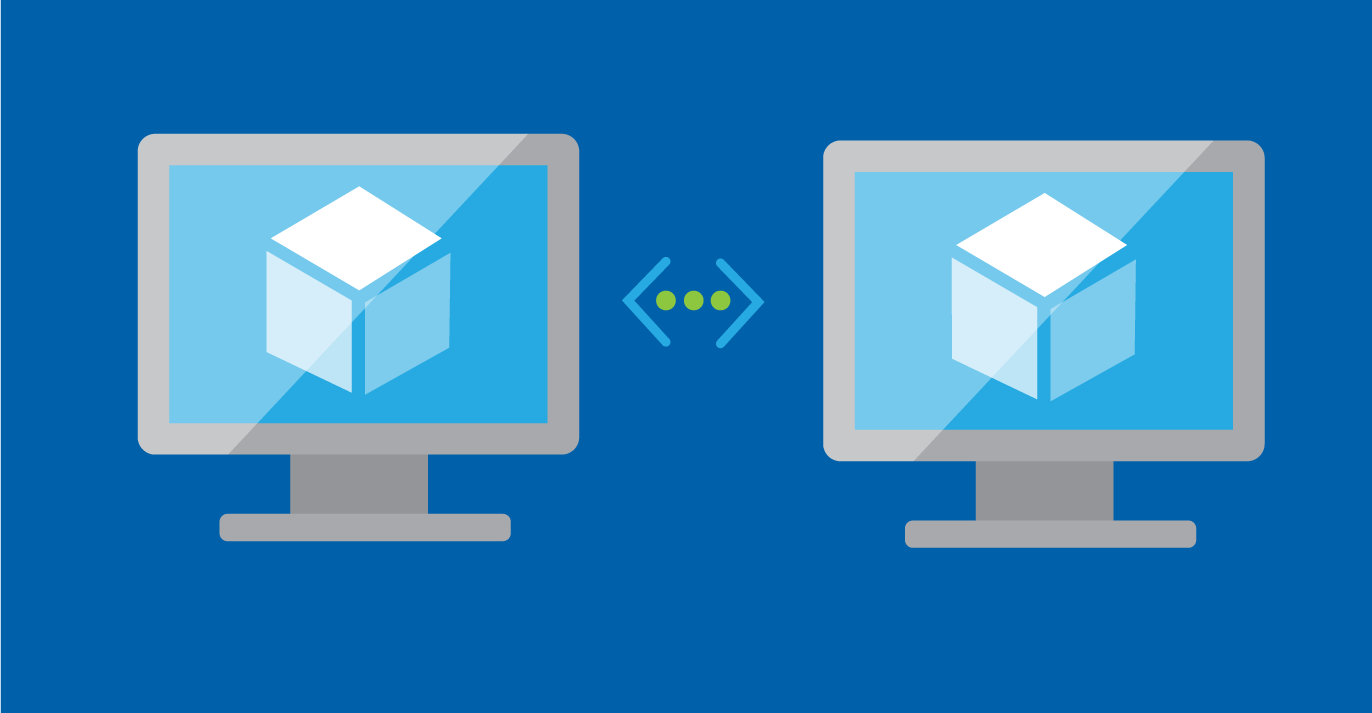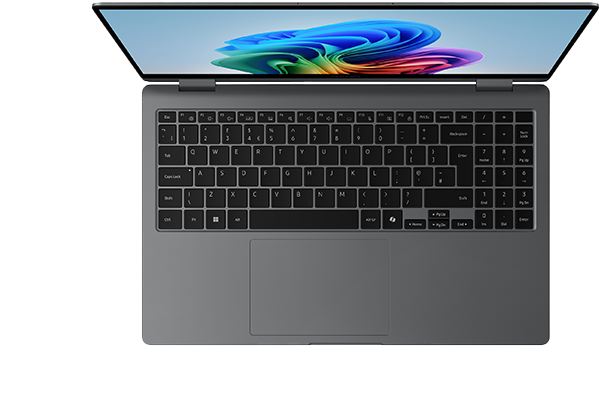How to Successfully Plan Your Migration Project

Migration projects are an essential but complex part of any business's growth and development. Whether you're transitioning to a new software system, upgrading infrastructure, or moving to a cloud-based platform, these projects often come with significant challenges like managing downtime, ensure data security, compatibility and more.
Without proper planning and resources, migration projects can definitely be overwhelming, and one of the main challenges organisations face is ensuring that business operations can continue without interruption.
So, here we'll discuss the key challenges of migration projects and how to organise them for success.
The Challenges of Migration Projects
- Operations Disruptions
As we mentioned before, one of the main challenges organisations face is dealing with disruptions in business operations during a migration project. This is caused for to main reasons: migrations require system downtime or there's a limited access to resources. Whether you're upgrading software or shifting to new systems, employees might find themselves unable to work effectively during the transition period. This can lead to a loss in productivity and a slowdown in business functions. - Limited Resources
IT teams are frequently stretched thin, juggling multiple tasks at once. This becomes even more challenging during a migration project, as they may lack the necessary devices to support all staff involved. Without enough equipment, it’s difficult to maintain smooth workflows and productivity levels. - Compatibility and Security
Migrating to new systems or hardware requires careful consideration of compatibility and security. Not all existing devices may be able to handle the new systems, and there’s always the risk of vulnerabilities during the transition period. Ensuring that all devices used during the migration meet the necessary standards is crucial to prevent downtime or security breaches.
How to Organise a Successful Migration Project
The key to a successful migration project is careful planning. Divide the project into manageable phases: assessment, planning, implementation and testing. This approach helps ensure that the migration process stays on track and that every step is accounted for.
Communication is also a key factor. both between IT Teams and other departmens and with end-users. On a IT Team - Other Departments level, you should ensure that all stakeholders are on the same page about timelines, roles and expectations. Coordination is especially important when it comes to temporary staff or extra resources needed for the project. When it comes to end-users, it helps to keep in mind that a migration often means that employees will need to learn how to use new systems or software. Clear and timely communication about changes, along with proper training, is essential to ensure that staff can adapt quickly. This step will help reduce the learning curve and keep operations moving smoothly.
Finally, backups. Before any major changes are made, ensure that all critical data is backed up. Thorough testing of the new systems is essential to catch any potential issues before they become bigger problems. It’s always better to fix problems in the testing phase rather than after the migration is complete.
Temporary devices for a smooth transition
One of the best ways to avoid disruption during a migration project is by providing employees with temporary IT equipment. Flexible rental options are available for 10 to 1,000+ devices on a weekly, monthly, or quarterly basis. These solutions are cost-effective and high-quality, making them an excellent choice for migration projects, supporting temporary staff, managing additional workloads, or replacing outdated devices. With these rental options, your team will always have the tools they need to keep working seamlessly.
You can explore InnoVent's Short Term Rental solution here
For IT teams, the success of a migration project relies on several factors: proper planning, resources and the right tools.
- Infrastructure and Tools
Migrating to new systems often requires updated networking equipment and backup solutions to ensure seamless connectivity and data protection.
Having these tools in place will help support the new infrastructure. - Training Resources
Even with temporary equipment, employees must be trained on the new system to ensure smooth operations.
Providing clear training and documentation will help employees adjust to the new system with minimal disruption. - Temporary Devices
The ability to quickly provision enough devices is essential.
Whether it’s for temporary staff, training sessions, or filling gaps during system testing, having access to temporary IT equipment ensures that employees can continue their work without delay.
Migration projects can be complex, but with the right resources and careful planning, they don’t have to be a major roadblock to business operations. If you’re planning a migration project, get in touch with us to learn more about how we can help you support your team during your next migration.

